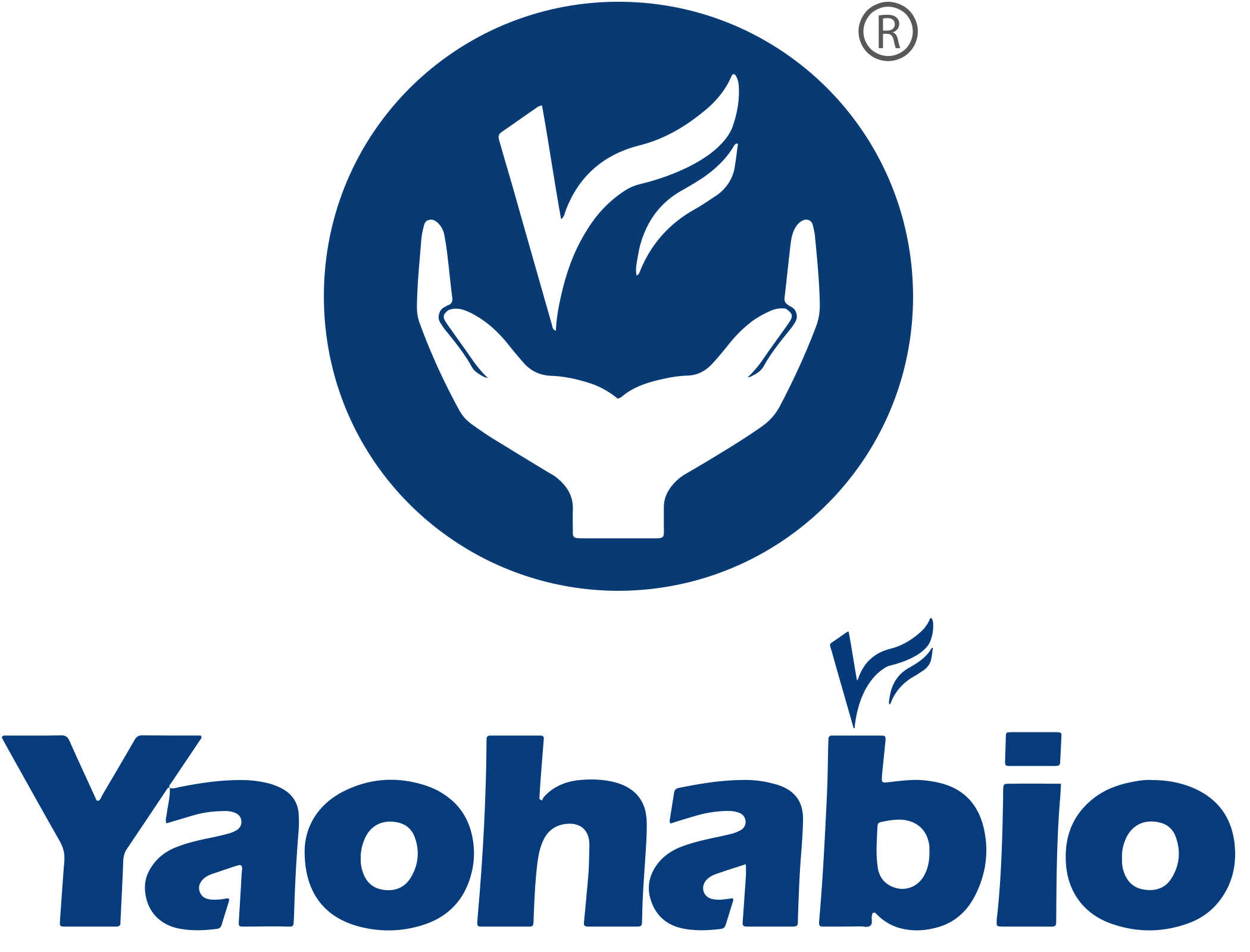The growing interest in immune checkpoint inhibitors (ICIs) is led by a phenomenon known as adaptive resistance, in which tumor cells express programmed death ligand 1 (PD-L1), while others regulate PD-L1 expression in response to inflammatory cytokines.
Traditional monoclonal antibodies (mab)-based ICIs is widely used for cancer therapy and diagnosis. Antibody miniaturization technologies is developing to improve the efficacy of immunotherapies. Nanobody-based PD1/PD-L1 inhibitors such as NM-01, B3, KN035, Nb97, Nb109, 3/E2, and sdAb K2, have been developed. Nano-antibody is also known as Single Domain Antibody (SdAb) or Heavy-Chain Variable (VHH).
Due to their low molecular weight, nanoantibodies strongly penetrate tissues and bind rapidly and specifically to antigens, while unbound nanobodies can be rapidly cleared through renal excretion. As a result, compared to mAbs, nanobodies produce more target-to-background signals immediately after administration.
Anti-PD-1 VHH, KN035
The first anti-PD-L1 nanobody, KN035, is discovered by camel immune library. KN035 selectively binds to the PD-L1 and prohibits the interaction between PD-L1 and PD-1. Like the anti-PD-L1 antibody, KN035 effectively compete for the five hotspot residues of the PD-L1 surface.
Anti-PD-1 VHH, NM-01
NM-01 is a single-domain antibody (sdAb) against PD-L1 developed for immunoimaging. A phase II clinical study, the PELICAN study (NCT04992715), is currently underway, where 15 patients will be enrolled to measure PD-L1 expression in NSCLC (primary tumor and metastatic lesions) using 99mTc-NM-01-based SPECT/CT and compare it to diagnostic biopsy.
Anti-PD-1 VHH, Nb97
Xian et al (Fudan University) found another PD1 antibody (Nb97) by phage display. Nb97 was researched in the form of Nb97-Nb97-Human serum albumin fusion protein, Nb97-Nb97-HSA (MY2935). The serum half-life of nanobody Nb97 was extended by human serum albumin fusion (HSA). Nb97-Nb97-HSA showed a stronger inhibitory effect compared to humanized Nb97-Fc (MY2626).
Anti-PD-1 VHH, K2
The Vrije Universiteit Brussel (VUB) has developed a PD-L1-specific sdAb called K2, which inhibits PD-1/PD-L1 axis. The property of K2 increases the ability of dendritic cells to activate T-cells and stimulate cytokine production. When combined with dendritic cell therapy, sdAb K2 may be more effective than PD-L1 mAb against cancer diseases.
Anti-PD-1 VHH, B3
Nanobodies can also be used to modulate the tumor microenvironment as cytokine transporters. In one case, a functional fusion protein consisting of PD-L1 specific VHH (B3) and a chemokine (CCL21, C-C motif chemokine ligand 21) can stimulate immunotherapy by transporting CCL21 into a PD-L1-positive environment to recruit the related leukocyte.
Yaohai Bio-Pharma Offers One-Stop CDMO Solution for VHH/ sdAb
Anti-PD-1/PD-L1 VHH In Development
|
Anti-PD-1 VHH
|
Expression System
|
Stage
|
Clinical Trials
|
|
KN035, Envafolimab
|
HEK293 cell
|
Approval
|
Not applicable
|
|
99mTc-NM-01
|
Escherichia coli (E. coli)
|
Phase 2
|
NCT04992715
|
|
Nb97-Nb97-HSA (MY2935)
|
Yeast (Pichia pastoris)
|
Pre-clinical
|
Not applicable
|
|
99mTc-K2
|
E. coli
|
Pre-clinical
|
Not applicable
|
|
B3-CCL21 fusion protein
|
E. coli
|
Pre-clinical
|
Not applicable
|

 EN
EN
 AR
AR
 HR
HR
 CS
CS
 DA
DA
 NL
NL
 FI
FI
 FR
FR
 DE
DE
 EL
EL
 IT
IT
 JA
JA
 KO
KO
 NO
NO
 PL
PL
 PT
PT
 RO
RO
 RU
RU
 ES
ES
 SV
SV
 IW
IW
 ID
ID
 LV
LV
 LT
LT
 SR
SR
 SK
SK
 SL
SL
 UK
UK
 VI
VI
 ET
ET
 HU
HU
 TH
TH
 TR
TR
 FA
FA
 AF
AF
 MS
MS
 BE
BE
 MK
MK
 UR
UR
 BN
BN

